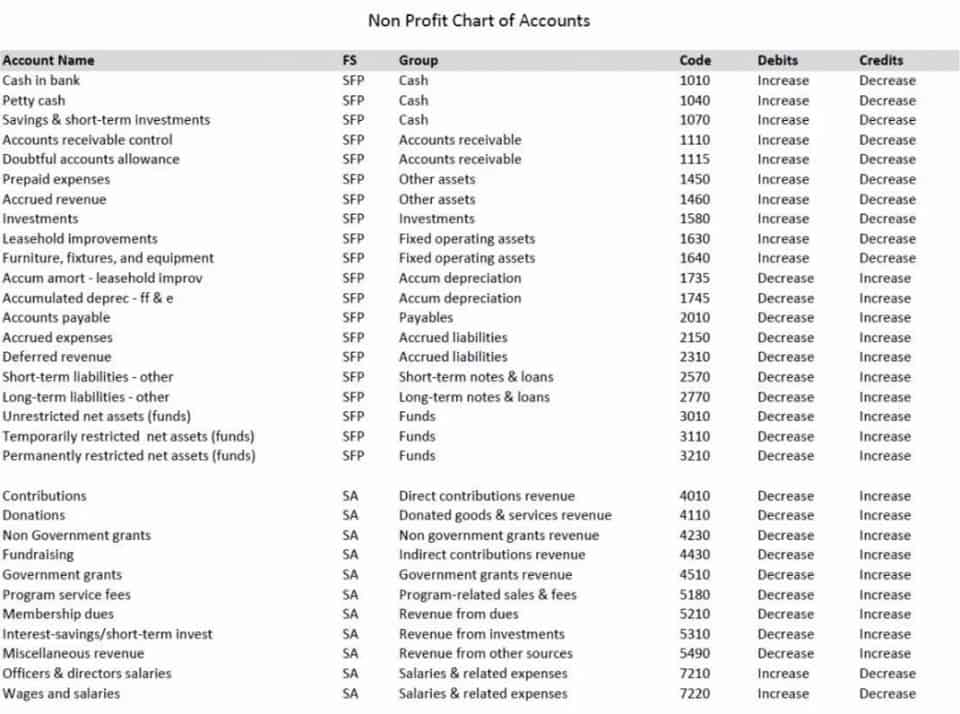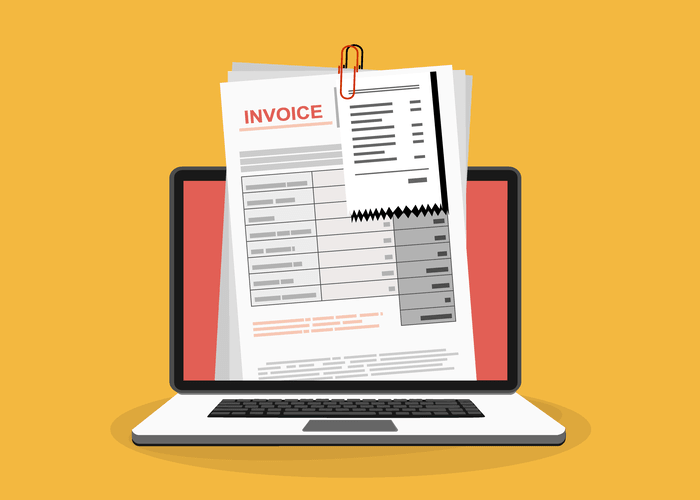
A loss contingency which https://beo303.com/best-accounting-software-for-small-businesses/ is possible but not probable will not be recorded in the accounts as a liability and a loss. Different types of transactions have different presentation and disclosure requirements, and thus this analysis requires sound professional judgement and knowledge of GAAP. Depending upon the specific situation, it can sometimes change a company’s financial statements by millions of dollars.

Journal Entry for Contingent Liability: Recognition and Scenarios

Proper classification aids in assessing liquidity and solvency, key indicators of financial stability. Companies must ensure contingent liabilities are neither overstated nor understated to avoid distorting financial ratios like the current ratio or debt-to-equity ratio. Accounting treatment for contingent liabilities varies based on the likelihood of occurrence, categorized as probable, reasonably possible, or remote. Each scenario necessitates a distinct approach to ensure compliance with standards and accurate reporting. If only one of the conditions is met, the liability must be disclosed in the footnotes section of the financial statements to abide by the full disclosure principle of accrual accounting.
What Is the Rule for Contingent Liabilities?
If the lawyers had advised Rey Co that they would not be held liable for the employee’s injury, there would be no obligation as a result of a past event and, therefore, no provision would be recognised. Clearly this is misleading for the users of the financial statements as they would have been given a false impression of the performance of the business. This is where IAS 37 is used to ensure that companies report only those provisions that meet certain criteria. There are sometimes significant risks that are simply not in the liability section of the balance sheet.
- Contingent assets are not recognised, but they are disclosed when it is more likely than not that an inflow of benefits will occur.
- Often, the longer the span of time it takes for a contingent liability to be settled, the less likely that it will become an actual liability.
- This situation commonly arises when a business is the defendant in a lawsuit, or has guaranteed the payment of a debt incurred by a third party.
- In short, the expense must be recorded in the period of the corresponding sale, as opposed to the period in which the repair is made.
- This means that a loss would be recorded (debit) and a liability established (credit) in advance of the settlement.
What are the Categories of Contingent Liabilities?
A provision is measured at the amount that the entity would rationally pay to settle the obligation at the end of the reporting period or to transfer it to a third party at that time. When deciding upon the appropriate accounting for a contingency, the basic concept is that you should only HOA Accounting record a loss that is probable, and for which the amount of the loss can be reasonably estimated. If the best estimate of the amount of the loss is within a range, accrue whichever amount appears to be a better estimate than the other estimates in the range.
- This represents a future commitment to correct any issues that customers may have with warrantied products.
- PwC refers to the US member firm or one of its subsidiaries or affiliates, and may sometimes refer to the PwC network.
- This will be disclosed in the notes to the financial statements rather than being recorded as an asset in the statement of financial position.
- These events had either already taken place in the past or will occur in the future.
- What about business decision risks, like deciding to reduce insurance coverage because of the high cost of the insurance premiums?
Pending Lawsuits
This means that a loss would be recorded (debit) and a liability established (credit) in advance of the settlement. In another case, if the future cost is remote (i.e. unlikely to occur), the company doesn’t need to make journal entry nor disclose contingent liability at all. Assume, on the other hand, ABC Company’s settlement amount was likely to be between $1 million and $2 million– but no specific amount within that range is more likely than any other.

The recognition of contingent liabilities on the financial statements (and footnotes) is to present investors, lenders, and others with reliable financial statements that contain accurate, conservative information. If there is a history of minimal warranty expenditures, there is no need to record a contingent liability in advance of actual warranty expenses, since the expectation is that this ongoing expense will be immaterial. Future operating losses Future operating losses do not meet the criteria for a provision as there is no obligation to make these losses.


The $4.3 billion liability for Volkswagen related to its 2015 emissions scandal is one such contingent liability example. According to the full disclosure principle, all significant, relevant facts related to the financial performance and fundamentals of a company should be disclosed in the financial statements. Contingent liabilities can be tricky because they involve uncertainty, but Enerpize online accounting software makes the process more organized and transparent. Instead of managing potential obligations manually, businesses can rely on Enerpize’s accounting tools to stay compliant and in control.
- Do not confuse these “firm specific” contingent liabilities with general business risks.
- Understanding the types of contingent liabilities helps businesses determine how and when to recognize or disclose such liabilities.
- As you can see there is a heavy focus on financial modeling, finance, Excel, business valuation, budgeting/forecasting, PowerPoint presentations, accounting and business strategy.
- A contingent liability will only be recorded in the balance sheet when the probability of its occurrence is certain, and the extent of such liability can be determined.
- Based on information currently available, management, after consultation with legal counsel, believes that it is not probable that a material loss will occur.
- Companies must ensure contingent liabilities are neither overstated nor understated to avoid distorting financial ratios like the current ratio or debt-to-equity ratio.
When a contingent liability is deemed probable—greater than 50% chance of occurrence—it must be recognized in the financial statements. For example, if a company anticipates a $100,000 lawsuit settlement, it debits a legal expense account and credits a liability account for the same amount. when is a contingent liability recorded Detailed disclosures in the financial statement notes should describe the nature of the contingency, the estimated amount, and any uncertainties. Understanding how to account for contingent liabilities is essential for accurate financial reporting. These potential obligations can significantly impact a company’s financial statements, depending on the likelihood of occurrence and the ability to estimate their value. Proper recognition ensures stakeholders have a clear view of possible future financial commitments.
